Self-reported symptoms after induced and inhibited bronchoconstriction in athletes
(2015)
Journal Article
Simpson, A. J., Romer, L. M., & Kippelen, P. (2015). Self-reported symptoms after induced and inhibited bronchoconstriction in athletes. Medicine and Science in Sports and Exercise, 47(10), 2005-2013. https://doi.org/10.1249/mss.0000000000000646
Purpose: A change in the perception of respiratory symptoms
after treatment with inhaled beta2 agonists is often used to aid diagnosis of exercise-induced bronchoconstriction (EIB). Our aim was to test the association between subjective ratings of r...
Read More about Self-reported symptoms after induced and inhibited bronchoconstriction in athletes.
